I had not been in Limerick for an hour before someone mentioned Angela’s Ashes. The most famous book to come out of this city is the depressing story of a poor, dank, Catholic Limerick from the 1940s. And I had gone there, fully expecting to feel as dejected as I did when I first read it as an unsuspecting teenager.
Instead what I found on its streets was this signboard:
The Limerick is furtive and mean;
You must keep her in close quarantine,
Or she sneaks up to the slums,
And promptly becomes,
Disorderly, drunk and obscene.
This could easily be a description of the current mood of the city too: fun, boisterous, and ready to become drunk and disorderly at the wee drop of a Guinness. Add to it the words young and prosperous, and you will know why I was happy to be there that spring evening.
This is Limerick’s year in the limelight, chosen to be Ireland’s first homegrown Capital of Culture. And from everything I have seen in the past, European Capital of Culture cities preen endlessly and go on public relations rampages.
Limerick, on the other hand, sits quietly, refusing to take any of it seriously. And I mean it in the best possible way. At an informal press meet, CEO of this project Mike Fitzpatrick was asked about how Limerick was chosen. And Mike, also director of the Limerick School of Art and Design – cue long hair and twinkling eyes – said, “Oh, there was some talk of an Irish Capital of Culture and we put our hands up, and here we are.”
For all that nonchalance, they have their eyes set firmly on the larger target: European Capital of Culture for 2020. Mike and his team have put together hundreds of events and exhibitions through the year, some extending into the next. In early September, the Royal de Luxe came to Limerick for a three day-and-night romp through the streets. The world’s largest street theatre company arrived with a float – The Giant’s Journey – telling the story of an Irish Grandmother Giant.
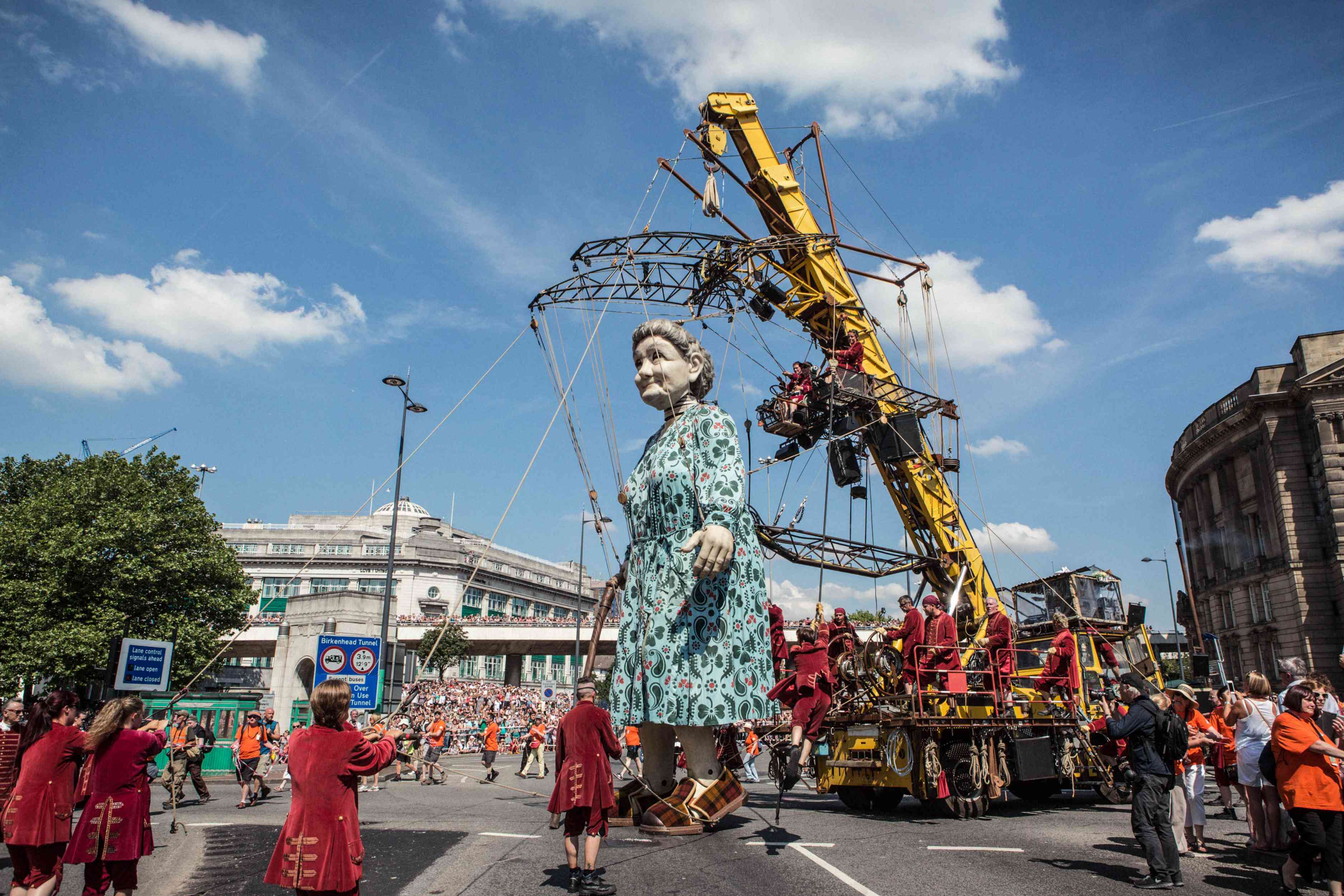
(image courtesy: Limerick City of Culture website)
My favourite event though, which happened over the weekend I spent in the city, was the Culture and Chips Carnival. You tell me, how can you not adore a city that equates fried potatoes with culture? And creates an event around it during what is possibly one of the most significant years in its modern history.
So the Salon Perdu, a massive circus style European mirror tent (Spiegeltent) was set up in the heart of Limerick. For almost a century now, these tents have been used as travelling dance and entertainment halls. Marlene Dietrich has performed there and Marilyn Monroe loved it. And history may – or more likely, may not – say that I have eaten there. For, that evening, I joined a few hundred other people at a formal dinner hosted at the Spiegeltent. Think beet chips with goat cheese, beef chips and mushroom toast, crafts beers and local wines. The dinner ended with music provided by local rock bands, which lasted into the wee hours of the morning.
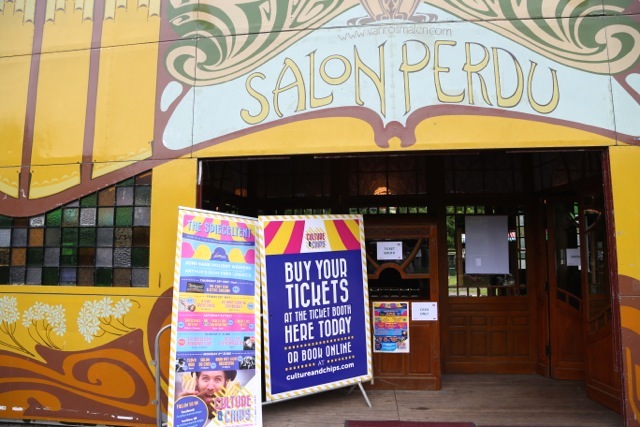
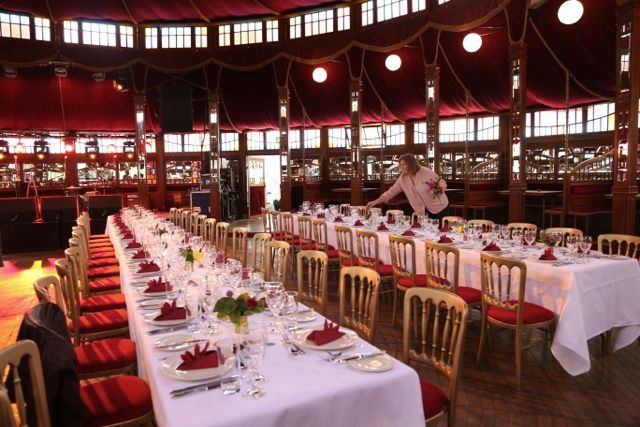
Over that weekend, Lema Murphy emerged chip champ at the World Chip Championships, with her triple cooked chips with a baked bean and bacon sauce, served with a deep fried egg yolk on the side. And judges spoke of seeking participants with a passion for the potato. As I said, my kind of place.
But the Capital of Culture project is not just about food. There is a lot of investment in art, on the streets and in the city museums. The EVA International Project, Ireland’s Biennale of contemporary art, has this time around been brought under the umbrella of the Capital of Culture. The theme, not surprising for Ireland perhaps, given its recent violent history, is Agitationism. There are installations everywhere, in traditional venues such as the Limerick City Gallery of Art and in quirky spaces such as a former milk plant.
So there was total cultural immersion, walking among these installations, in a somewhat bemused manner (modern art being modern art). Then we were taken on a whirlwind tour through the fabulous Hunt Museum, one of Ireland’s largest private collections of art and antiques. And at St. John’s Castle, I amused myself posing for photographs behind heavy duty armour suits – hail fellow, helmet – and playing interactive video games, all in the name of understanding 800 years of Limerick’s dramatic past. Before you judge me, remember, there is only so much culture anyone can imbibe in one morning.
Later that afternoon, there was the incident of what came to be known in our group as Twice Backwards On The Shannon. This Limerick story practically wrote itself as I stepped out of the Shannon river, adrenalin pumping, fingers shaking, bodysuit dripping. My maiden kayaking adventure and I found myself going backwards on the rapids (ok, in hindsight, they were not that rapid but hey) not once but twice. The second time was when I saw that my fellow kayakers, bloody showoffs who had likely been doing this all their lives, had smoothly got themselves to the shore. And I let down my guard, happy in the thought that one more box in my long list called ‘adventure activities’ was marked, never to have to be repeated.
Just when I started paddling towards the bank – and the inviting warmth of our team leader Dave’s van parked there – I felt myself being pulled back by the strong currents. Not a good time to remember everything we had discussed earlier in the day: that the Shannon is Ireland’s longest river, not far from the Atlantic Ocean and that at low tide, the currents get rather rough. To cut a long story short, Dave had to pull me ashore and to my acute embarrassment, has documented it all on his nifty camera.
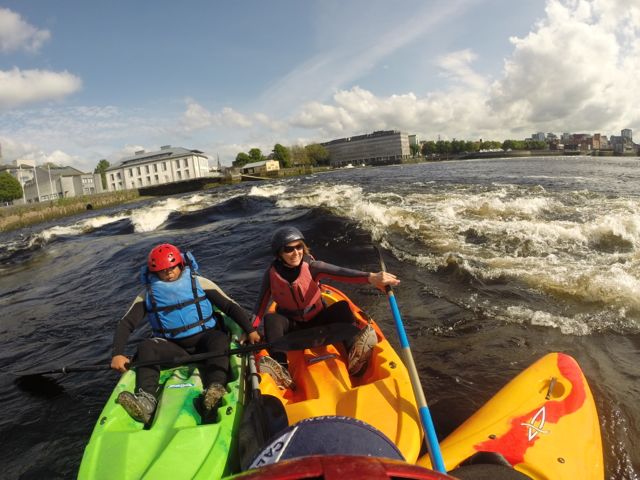
This is not to say I hated it all. After the initial ten minutes of sheer terror, I found myself relaxing and waving a cheery hullo to the swans gliding by my kayak, perhaps attracted by the bright green colour. I even seem to remember a brief spell of time when I was fearless enough to let Dave – bless his patient heart – out of my sight. And co-kayakers say (although like Aamir Khan in Ghajini, I have no memory of it now, since there exist no tattoos, or photos of the moment), I even let go of my paddle and played a ball game with the gang once.
There is something to be said about seeing a city from the water; not from the comfort of a cushioned seat, as a guide drones on about the buildings you cross but wedged tight in a canoe, paddling on for dear life. Medieval castles and bridges loom large in the horizon, making you feel very small and strangely excited.

However, of all the Capital of Culture events, the one I cherished was the choral festival called Limerick Sings at St. Mary’s Cathedral. The 12th century Cathedral is the oldest living building in town, used for both daily church service and community events such as this choir festival. During my quick visit earlier in the day, it was a quiet and dignified place of worship with stunning stained glass windows and ornate chandeliers.
Come evening, as locals and tourists together headed there, the Cathedral turned into a spectacular venue, with the chandeliers lit up and the voices of the choir singers soaring into the tall ceilings. And you know the best part? Beginning with the devout Lassus Scholars, soon joined by spiritual musician Nóirín Ní Riain, who glided in through the aisles playing what seemed like a small Indian harmonium, and then the choir groups all the way from Minnesota, they all seemed like they were having great fun.

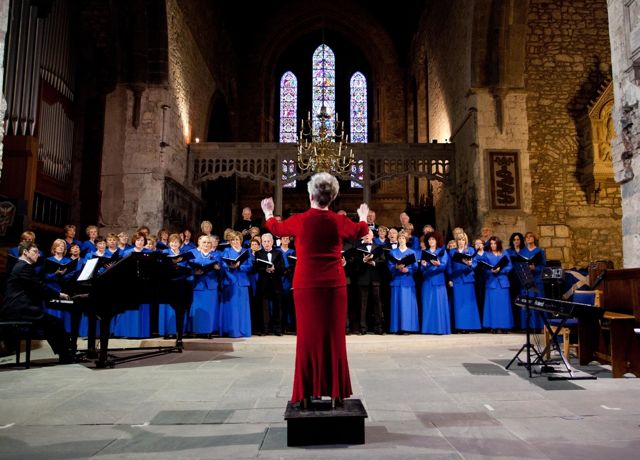
(image courtesy: Tourism Ireland)
Limerick today is a big University town and there are crowds of young people everywhere – on the streets, in the outdoor cafés and in the pubs. And as you would expect from any young self-respecting Irish person, they are drinking beer. There’s nothing left of the impoverished, miserable city that McCourt wrote of; Angela’s ashes have long been scattered into the wind. And there is no better time to be in Limerick.

THE INFORMATION
Getting there: Fly Jet Airways or Etihad out of Mumbai (Rs. 33,000) or Delhi (Rs. 35,000) to Dublin via Abu Dhabi. You can take a coach from Dublin Airport to Limerick (more frequent services from downtown; 3hrs; about 200km; from €10; dublincoach.ie), or take the frequent 747 bus to Heuston Station to board a train to the Limerick Junction (from €14.99; irishrail.ie).
Visa: Visa for travel to The Republic of Ireland is processed in seven working days (Rs. 5,000 for single entry and Rs. 8,300 for multiple entry; 022-67866033, vfs-ireland.co.in). Holders of a valid short term visa for UK don’t need a separate visa for travel to Ireland although the Irish Short Stay Visa Waiver Programme requires they travel first to the UK for immigration check. This programme doesn’t amount to a common UK and Irish visa regime (and the possession of an Irish visa does not allow travellers to enter the UK). Travel to Northern Ireland is governed by additional regulations. The British- Irish Visa Scheme, expected to become effective from December 2014, will allow visitors from China and India to travel to Ireland and UK on a single visa, though they would have to travel first to the country that issued the visa.
Stay: The Savoy is Limerick’s best address, located in the middle of the shopping district and within walking distance of all attractions; rooms from €109.
Trivia: The name Limerick has nothing to do with the poem with the format AABBA but derives from the Gaelic word Luimneach meaning ‘bare ground.’ However, there is a theory that the poetry form got its name due to its popularity in Irish bars and public houses many centuries ago.
***
An edited version of this story was published in the November issue of Outlook Traveller – read it online here…
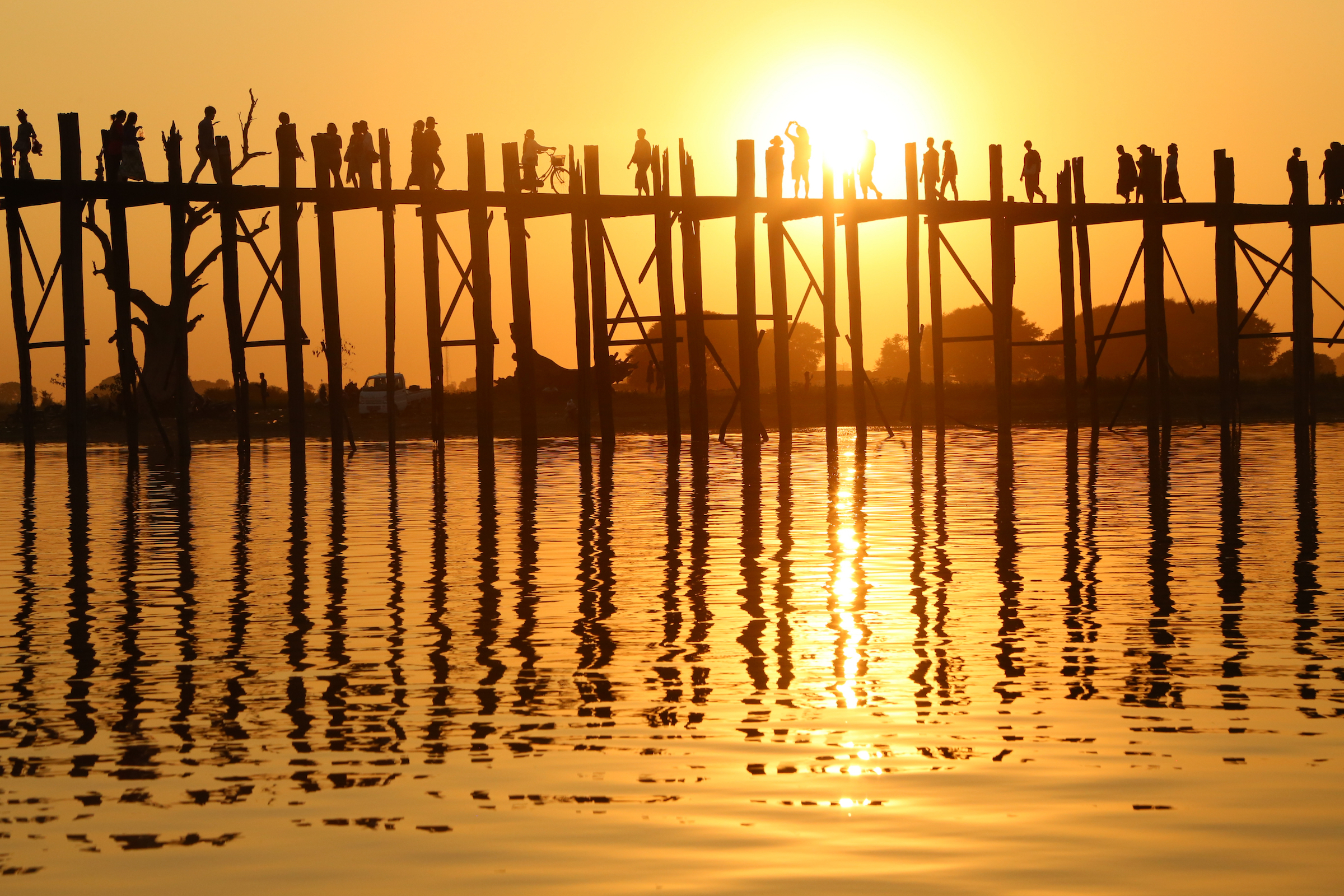



Interesting name for a city and beautiful sights and tastes from what you’ve described!
Thanks, Chaitali. I love the name too – and that cheeky limerick I found on the street 🙂